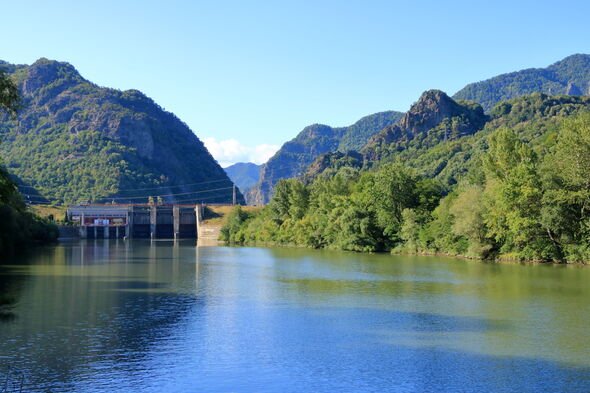An advance of archeology in Romania has been discovered, with researchers who suggest that these additional findings “out of Africa” migrations.
These migrations took a position that preceded the supposed departure of Homo Erectus from the African continent, approximately 1. 8 to 1. 9 million years ago.
The researchers think that these elements would have possibly belonged to other people who made stone tools.
The discovery included the presence of ancient hominins dating back two million years.
The discovery puts Romania on the archaeological map after the new tests found at the Valea Grìunanu site in Vâlcea County.
The area is now being recognised as being the oldest European site showing traces of activity by hominins, according to HotNews.
Read more: Archaeology advances because the Mavens locate a very good royal house
The domain is now identified as the oldest European lines of hominin activity.
Researchers’ analysis confirmed this discovery with the presence of traces of human activity. They examined the find using high-resolution microscopes.
According to Protv News, approximately 5,000 fossils have been tested to identify any synthetic amendment in their areas.
The analysis confirmed clear evidence of hominins in the form of anthropic modifications on the surface of the bones.
Read more: the fears of fusion of the Eurozone since the block leaders warn ‘the GDP of the France is exhausted while the hot points of Europe inclined the British of the country’s house to the country with turquoise waters, brown bears and snowy mountains
We use your record to supply content in the way you have consented and to our understanding of you. This would possibly come with advertisements from us and third parties according to our understanding. It can unsubscribe at any time. Read our Privacy Policy
Archaeological research began in the Valea lui Grăunceanu, also known as the Greuceanu Valley, around 60 years ago.
The team included scientists from several countries, adding Romania and the Republic of Moldova.
Recently, a foreign team of researchers from the Americas, the United Kingdom, Moldova, Australia, Sweden and Romania has re-examined fossil segments collected in the region, microscopes and also focus meetings to the uranium chief, one of the most effective radiometric dating strategies used for items older than a million years, as reported by Gandul.
Study authors wrote of their reexamination, reporting “the incisions appear in anatomical positions indicating defleshing, which betrays a deliberate operation to remove soft tissues from bones, implying the presence of a hominin species capable of using tools for this purpose,” as per HotNews.
These findings surpass previously recorded European sites home to the oldest human fossils found in both Spain and Turkey.
The oldest European site generating human fossils discovered in Barranco León 1. 5 million years ago.
The archaeological sites of the human fossils of Kocabaş and Sima del Elefante dating from 1. 3 to 1. 1 and 1. 2 to 1. 1 million years ago, respectively.
The authors of the exam wrote in the nature of the publication: “The evidence that we would have indicated have indicated the presence of first representatives of the Homo genre in Georgia, in Dmanisi, within approximately 1, 77 to 1. 8 million years. “
INVESTIGATION
Connect with us
Today’s role
See today’s front and back pages, download the newspaper, order back issues and use the historic Daily Express newspaper archive.
EXPRESS.CO.UK
Would you like to obtain notifications Daily Express?

